To create the conditions of comfort in the apartment, it is not enough to make a high-quality repair, to purchase expensive furniture and accessories. It is very important to provide your home with reliable air conditioning and ventilation. Recently – this is especially important, given the widespread use of plastic windows, providing a solid tightness. Perhaps the ventilation will be the right decision to achieve the maximum result.
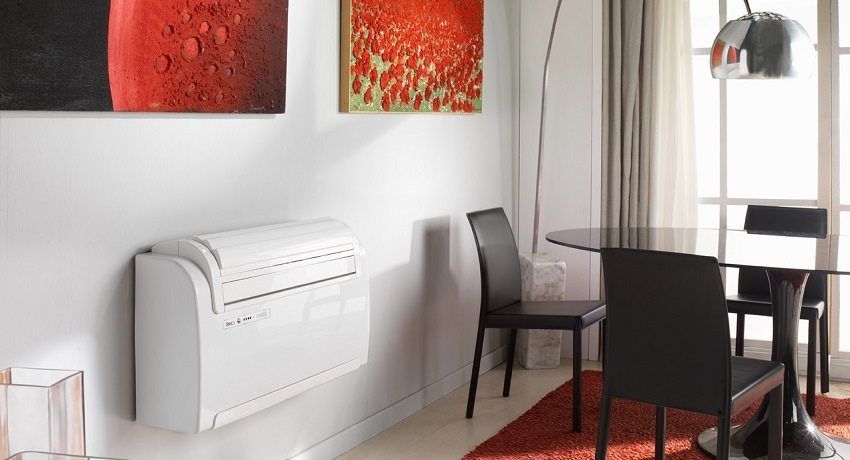
Natural and forced ventilation of rooms
Forced ventilation, in contrast to natural methods of ventilation, has the function of air cooling and saturation of the room with oxygen. The necessity of installing forced ventilation is explained by the massive use of sealed plastic windows in the rooms. At the same time, house ventilation is reduced to zero: the room becomes stuffy, there is a high degree of humidity and the formation of fungus harmful to the body.
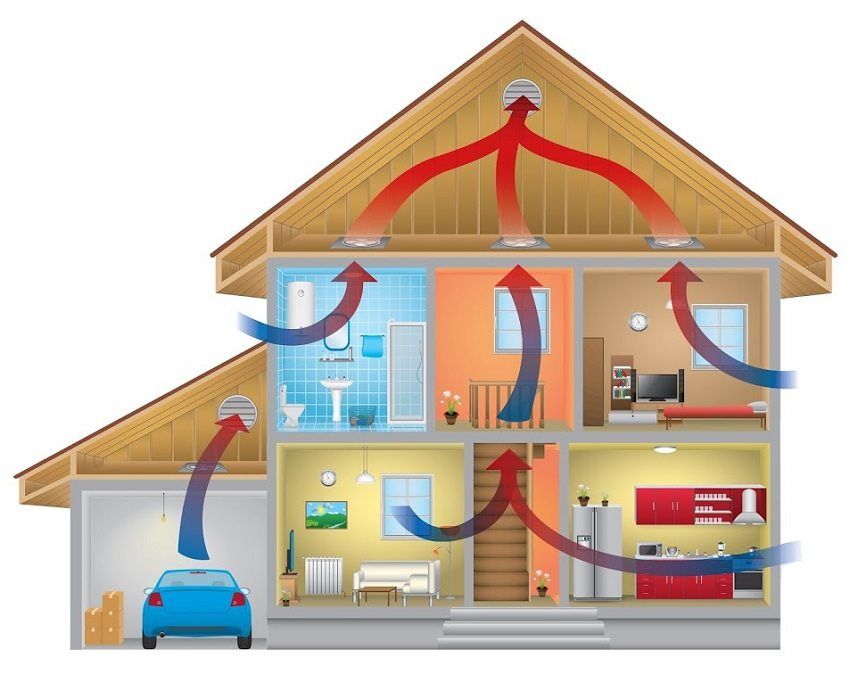
Forced ventilation systems can be of several types. These include the simple design of the window valve, which is mounted on the top of the plastic window frame and ensures the penetration of fresh air. Another device is a supply fan. It is installed in the window opening or in the prepared hole of the wall. These elementary air handling units have several disadvantages:
- the air entering the living room is not cleaned, which is important when the windows face the outer (roadway) part of the street;
- in winter, the air flow has a low temperature, which can adversely affect health;
- moist air entering a room may damage furniture (swelling or cracking), peeling wallpaper, etc.
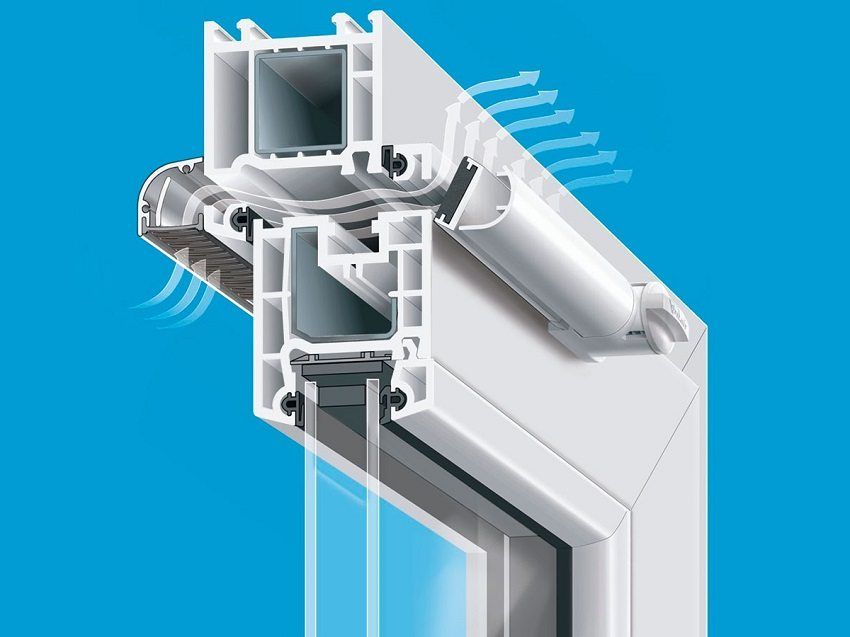
Ventilation systems can be divided into several subgroups.
With and without using an air duct:
- channelless – air flow enters through special wall openings or windows;
- channel – air supply is carried out through the duct.
On the device ventilation system:
- prefabricated – a network of individual devices that will connect the duct;
- monoblock – several elements are assembled into one unit of ventilation (fan, filter, heater, noise suppressor, etc.)
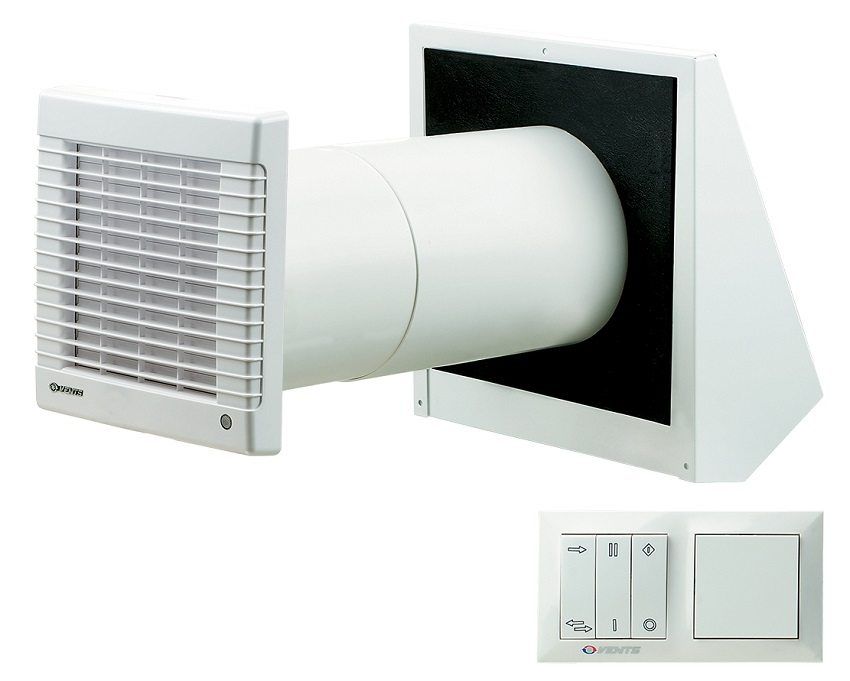
By using the method of ventilation:
- local (local) – fresh air enters a certain place in the room;
- complex – with which there is a measured exchange of air throughout the room;
- emergency – smoke protection systems;
- recuperative (with heat recovery) – recovery takes place due to the heat of the outgoing flow. The heat recovery device (heat exchanger) is an expensive equipment, but its payback period is rather small.
Helpful advice! Simple ventilation systems can be assembled and assembled by hand.
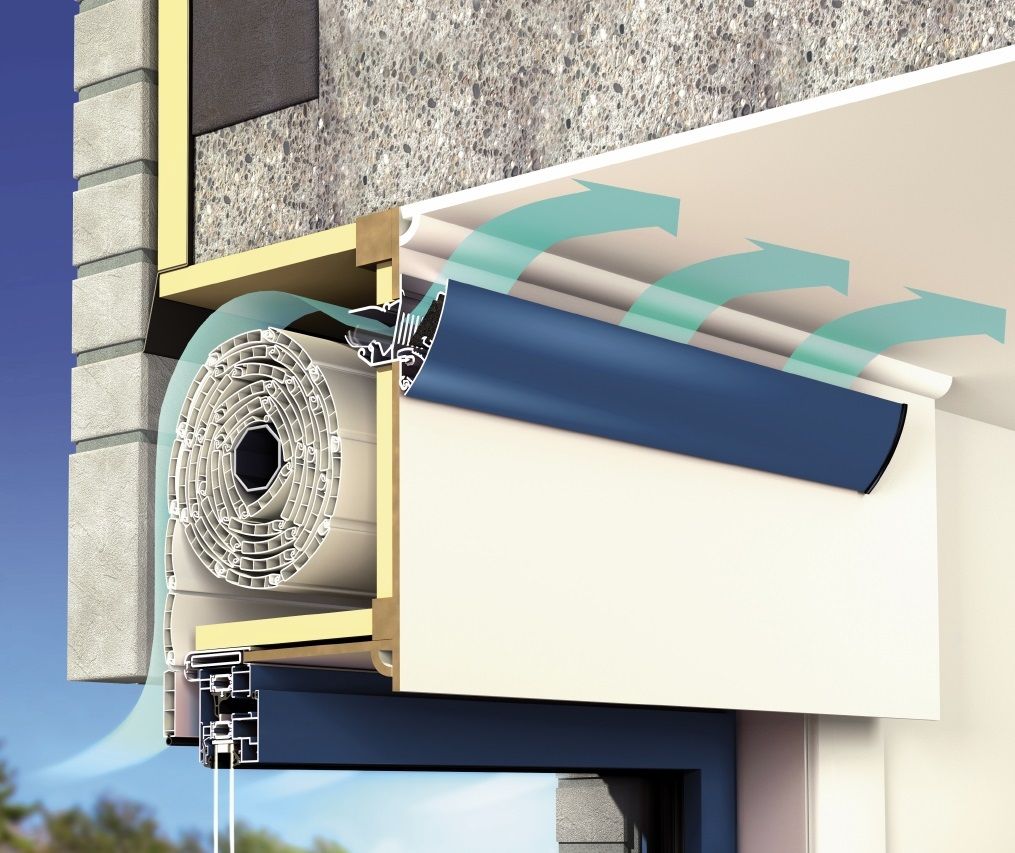
Supply ventilation is able to provide adequate ventilation of an apartment, private house or office space.
Forced ventilation in the apartment with filtration. Indicators of air stagnation. Types and principles of ventilation in the apartment. Installation and installation of equipment with their own hands. Useful tips.
All elements of the air handling unit are assembled in a noise insulation unit, which has a compact size and can be installed with your own hands on a loggia (balcony) or directly in the room.

The device of forced ventilation consists of the following elements:
- air intake grille – through it air enters the ventilation system, prevents precipitation and small objects from entering;
- air valve – an automated valve that blocks the entry of air from the outside when the ventilation mode is off;
- filter – serves as protection of the ventilation system. Air intake filters are of several types – coarse, fine and very fine filters.
- air heater – heats the incoming air in the cold season. For small spaces use electric heaters. With an area of over one hundred squares, it is recommended to use water heaters;
- noise suppressor – used to absorb noise during fan operation;
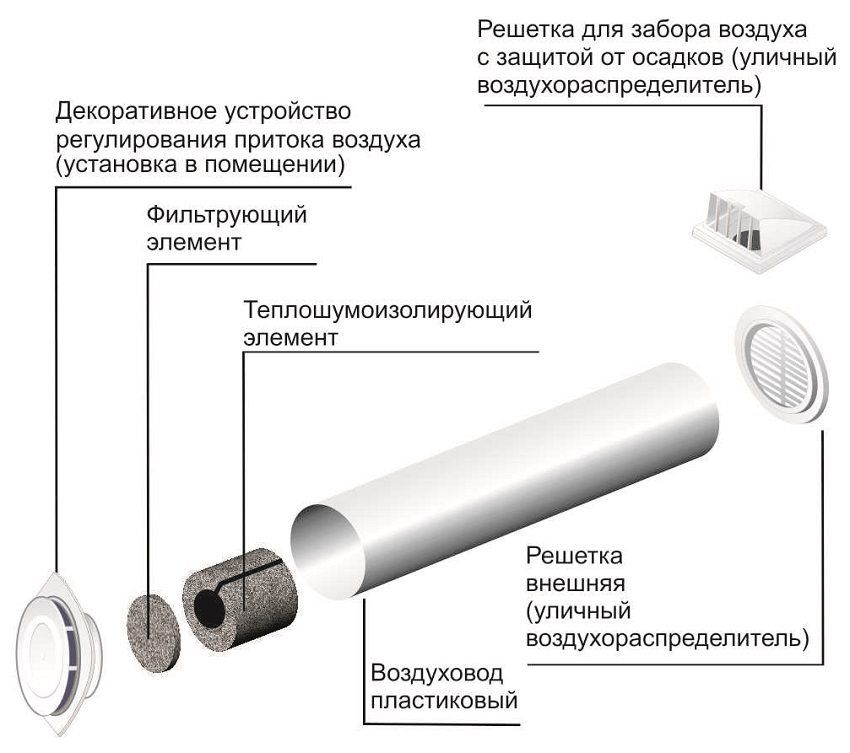
- fan – provides air supply from the street and sufficient pressure of air flow in the system;
- duct – distributes the air in the room. The design and size of the duct is set depending on the calculation of the air exchange rate;
- air distributors – devices for supplying air from an air duct directly to a room;
- control system – a device for regulating, controlling and controlling ventilation. Includes automation to control the heater, air valve, filter pollution control.
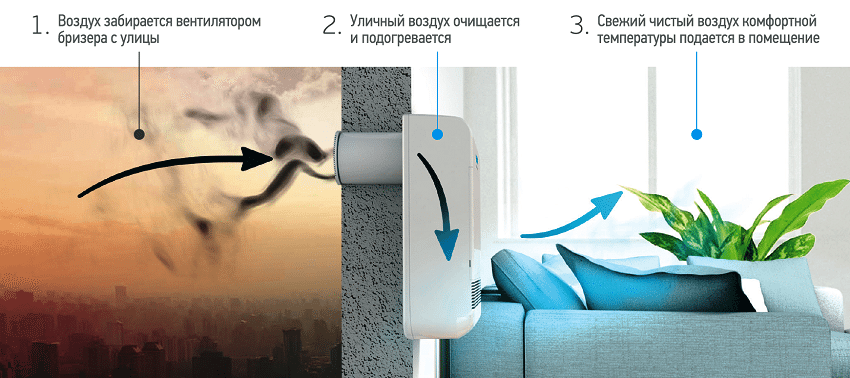
One of the types of air handling unit is air supply with heat recovery system. It allows you to heat the incoming air flow due to the heat of the air removed from the room, which significantly saves energy. A significant part of the outdoor air flow is heated by the heater. The supply ventilation system with heat recovery is equipped with a heat exchanger connected to the supply and exhaust ventilation channels.
The air displaced from the room, moving through the recovery device, transfers heat to the incoming air flow. In this process, air flows (incoming and outgoing) do not mix. By supplying ventilation with heat recovery, it is possible to effectively reduce the cost of heating the incoming flow in the cold season. And during the warm season, when the air conditioner with the system of forced ventilation is operating in the room, the heat flow is cooled to the required temperature by means of recovery.
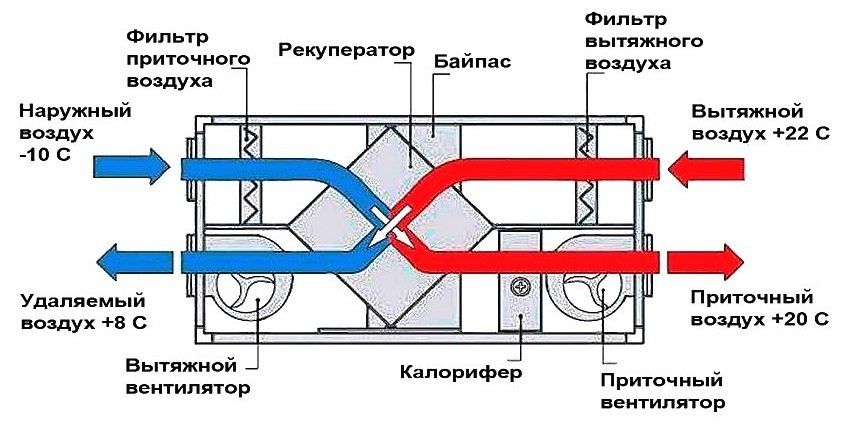
Air ventilation with heated air can be equipped with an electric or water heater. For forced ventilation of houses, large offices, warehouses, water heaters are more often used, since the issue of energy saving is particularly acute.
Air ventilation with heated air has an automatic control, which is carried out by means of a remote control. Installation of such a system with your own hands is associated with accurate calculations, so it is better to entrust it to professionals.

Control is carried out using a separate remote control. Regulated fresh air flow rate (five-step setting), air outlet temperature, built-in timer.
Automatic settings allow you to synchronize on / off the supply fan. There is a protection system that provides emergency shutdown. The winding of the fan motor is equipped with thermal protection (when the protection trips, the automatic switches off the fan). The heater with built-in thermostat guarantees protection against overheating or fire.
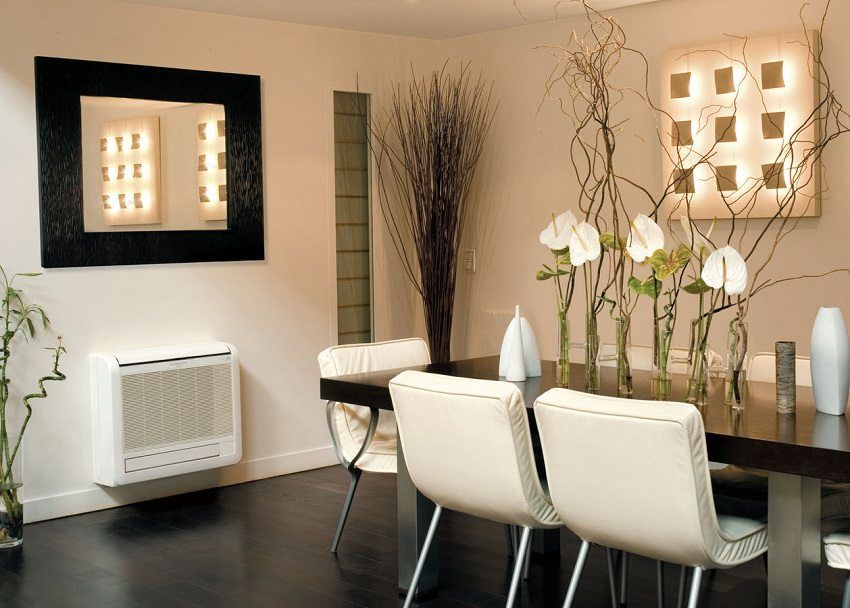
Air handling units are equipped with a pressure gauge that measures the difference in air pressure at the filter and in the area where the air intake valve is installed. So, when the system is forced to stop, the flow of external air into the room automatically stops. In addition, the pressure difference may increase depending on the filter contamination. As soon as the limit of contamination of the filter exceeds the permissible rate, the system will inform you that it needs to be replaced (or cleaned). This can be done by hand. In budgetary inflows it is proposed to simply fix the countdown of the filter operation time.
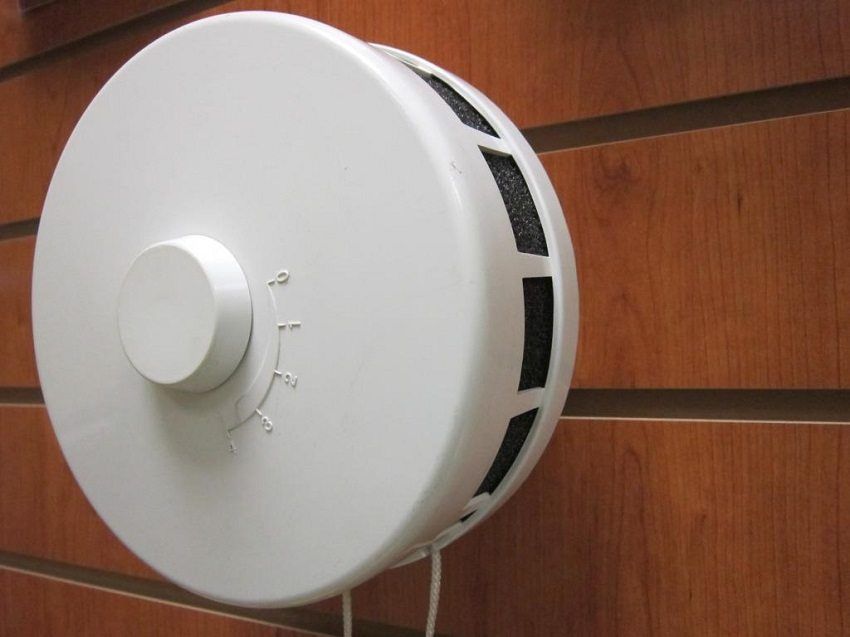
One of the types of channel-free ventilation system is a ventilation valve. Its function is that it allows outside air into the house without opening the vents and windows, eliminating dust and noise from the street. The device contributes to the normalization of humidity in the room.
Mounting the inlet valve with your own hands is quite simple. The valve is installed in a pre-drilled hole in the wall above the radiator. Cold air is heated by the battery, so that the room is always warm. The wall valve is equipped with noise absorbers and a coarse air filter. The valve is controlled by means of a damper, by means of which the volume of air supplied is regulated.

One of the modern, and most importantly promising types of heating is air heating. The possibility of such heating provides a combination of space heating with ventilation and air conditioning. In the cold season, warm air is supplied through the same duct system, through which cold air passes in hot weather. This is the versatility and cost of air heating, which can be applied in a residential house or office.
Air heating is operated by fresh air ventilation with a heater, which is heated by a centralized water heating system.
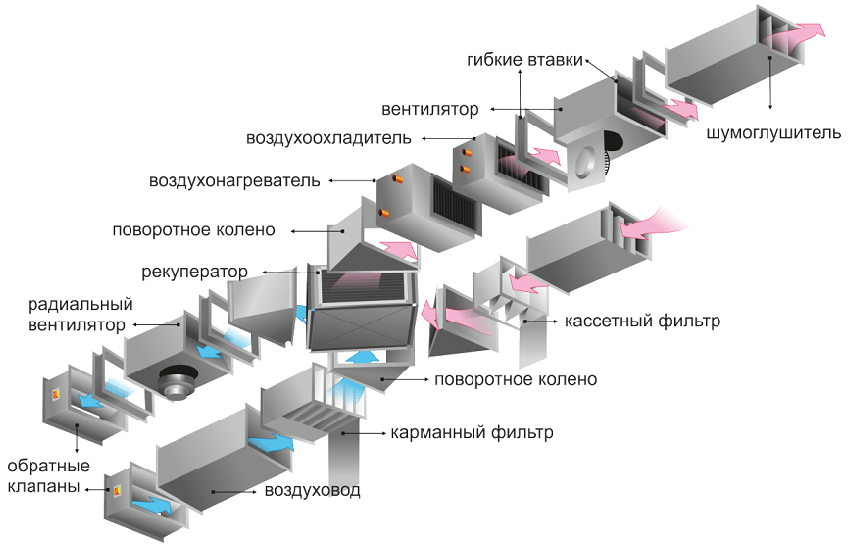
Air heating is equipped with an automation system, which itself regulates the supply of the required amount of heat. It is possible to adjust the heating system to the economy mode (for example, when there is no one in the house, you can minimize the temperature). In case of returning to the normal heating mode, the rooms of the house quickly heat up.
Helpful advice! The calculation and design of the heating of fresh air ventilation is carried out on the basis of taking into account all the design features and technical parameters of the parts that make up the ventilation system. Accurate calculation and correct installation guarantee trouble-free operation of the air handling unit..
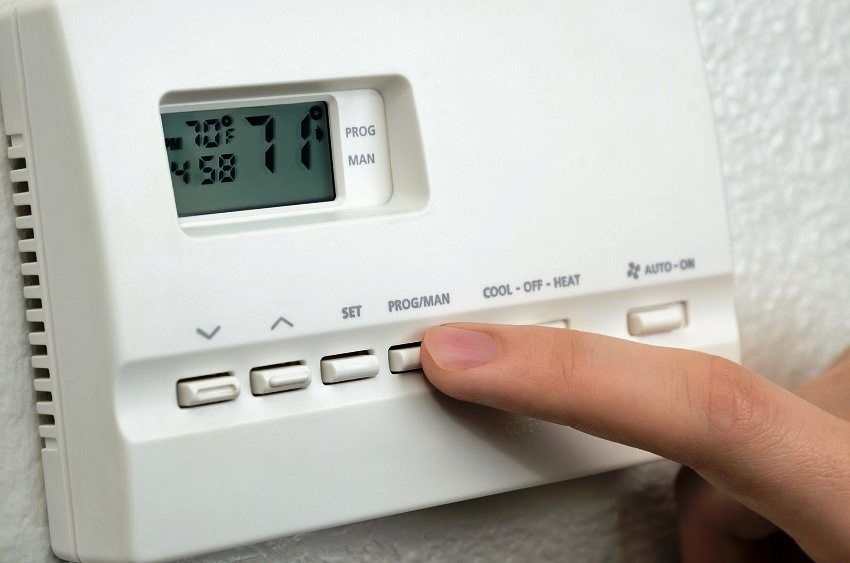
When making in-house assembling and installation of heating of forced ventilation with your own hands, it should be remembered that the calculation of the values of forced ventilation is rather complicated and specific. It will be useful to consult with experts in this field.
The calculation of the inlet ventilation for the house is made taking into account the purpose of the premises, as its microclimate corresponds to different rooms in the house. It will be logical if the calculation of ventilation will be made by professionals. Starting the calculation of ventilation with your own hands, you must first take into account the power of the system, the configuration for each room, heat recovery, control of automation.

When calculating the ventilation, consider the following:
- general purpose of the premises (country house, apartment, floor space, number of people, humidity of the air);
- draw up a calculation diagram of the duct sections;
- air exchange (calculation can be made using the table, designed according to the standards);
| Type of room | Temperature (calculated) in the cold season (° C) | The volume of air displaced from the room (m? In one hour) per 1m? square | |
| Influx | Exhaust hood | ||
| Living room | 18-20 | – | 3 |
| Wardrobes for clothes / shoes | – | – | 3 |
| Bathroom | 25 | – | 25 |
| Separate toilet | 18 | – | 25 |
| Toilet combined with a bathroom | 25 | – | 50 |
| Shared washroom | 18 | – | 0.5 |
| Shower room | 25 | – | five |
| Shared toilet | sixteen | – | 50 per toilet, 25 per urinal |
| Ironing room | 18 | – | 1.5 |
Helpful advice! It should be understood that even a small error in the calculation can lead to a decrease in the efficiency of the ventilation system and an unreasonable increase in energy consumption.

- develop a plan that includes all the schemes and calculations;
- coordinate the project with the competent authorities;
- make the installation of ventilation for the house with their own hands.
Ventilation systems are an important element in the construction of industrial buildings, offices and residential buildings, since their high-quality functioning is directly related to the health of the people in them.

